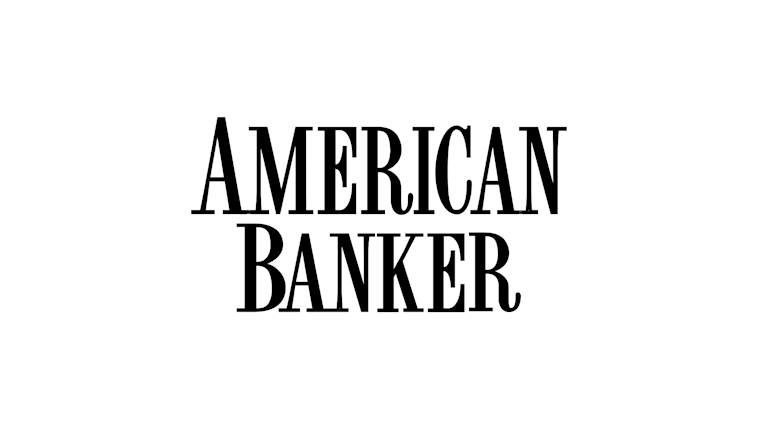Win the hearts and wallets of Gen Z
How will your bank win the hearts and wallets of Generation Z?
The oldest members of Generation Z are approaching the transition from college to the workforce. With this milestone, they will expand their financial services relationships, including opening new bank accounts and credit cards. The milestone also opens a critical period for banks targeting a new generation of customers. At an estimated 60 million strong, this audience is young but large, at the dawn of their careers, and represent an immense opportunity for financial services as they build loyalty and wealth over time.
Companies will succeed with this segment only if they offer a customer experience that feels “natural” to them. How do we know what feels natural? Consider the criteria from famed author Douglas Adams:
-
Anything that is in the world when you’re born is normal and ordinary and just a natural part of the way the world works.
-
Anything that’s invented between when you’re 15 and 35 is new, exciting, and revolutionary, and you can probably get a career in it.
-
Anything invented after you’re 35 is against the natural order of things.
Above all, Gen Z-ers are digital natives. They have grown up with technology and will be even more tech-savvy than millennials. To attract this generation now—to profit from their loyalty later in life—banks will need to invest in technology-driven features and experiences that stand out. As such, delivering a “natural” banking experience to this generation can be governed by five key principles:
1. Make banking easy and simple.
Gen Z-ers are almost twice as likely as the population at large to consider mobile banking apps “essential.” This means banks need to provide mobile platforms with the capabilities GenZ-ers want. To be clear: Don’t make them open a laptop for full functionality.
The most successful mobile platforms are those that are intuitive, easy to navigate, and centered on information and functions users care about. Gen Z-ers expect to complete transactions and other tasks in seconds, not minutes. They also prefer apps that look and feel like others they use—for example, offering Touch ID to access account information rather than entering a password, or a “peek” feature where information is pre-authorized for display without entering the app.
2. Eliminate the need for cash and bank visits.
Gen Z likes cashless transactions. For example, three-quarters of Gen Z-ers consider their debit card “essential.” They are also familiar and comfortable with peer-to-peer payment services, such as Venmo, that provide a quick and easy way to exchange money among friends. Banks that can integrate this functionality into their mobile capabilities, provided it is easy to use, have an opportunity to win this audience. Other essential functions are those that eliminate the need to visit a bank—such as mobile deposits.
3. Provide saving and spending tools and analysis.
The transition from college to “real life” can be stressful, requiring new attention to budgeting, saving, and financial planning. And research suggests Gen Z-ers are saving earlier than other generations. Features that ease the transition and make saving easy, interactive, and goal-oriented will be well-received. Applications like Mint and Personal Capital give individuals insight into spending, expenses, income, and investing, and help them budget. Banks can do the same through mobile interfaces, for example, by presenting saving and spending totals in simple terms and allowing users to review financial transactions easily.
4. Put all information in one place.
Gen Zers, like many others, want to see all accounts, pay bills, and handle other transactions from one place. They do not want to log in to separate apps or sites to use multiple products from the same bank. Consolidating all aspects of an individual’s financial services relationship in one place—the user’s preferred place—will go a long way toward delivering a satisfying experience.
By taking a platform or ecosystem position, banks can further their reach by aggregating all financial products owned by the customer, covering accounts held with the bank—and even integrating accounts and services managed by other banks and financial services providers. This could include other relevant accounts, such as retirement accounts and mortgages.
5. Understand the value placed on brand and security.
Overall, Gen Z-ers are less trusting of brands than earlier generations. Yet they want to feel that their money is safe, and a brand can be important reinforcement for that sense of security. While Facebook and Snapchat may offer ways to send money to friends, banks have an advantage as the credible and traditional channel for handling money. Integrating capabilities such as SMS fraud alerts can help reinforce a bank’s attention to security. At the same time, though, banks need to modernize their branding to appeal to this generation, which will seek to do business with institutions they connect with.
Gen Z’s size alone warrants a clear strategy and focus for connecting with this generation now. But there is a potentially more significant reason to get ahead of the curve: According to J.D. Power research, satisfying Gen Z can have a significant impact on advocacy, as highly satisfied Gen Z customers are five times more likely to say they “definitely will” recommend their bank than those who are less satisfied. This can, quite literally, translate to money in the bank.
To read the full article in ABA Bank Marketing, please click here.


